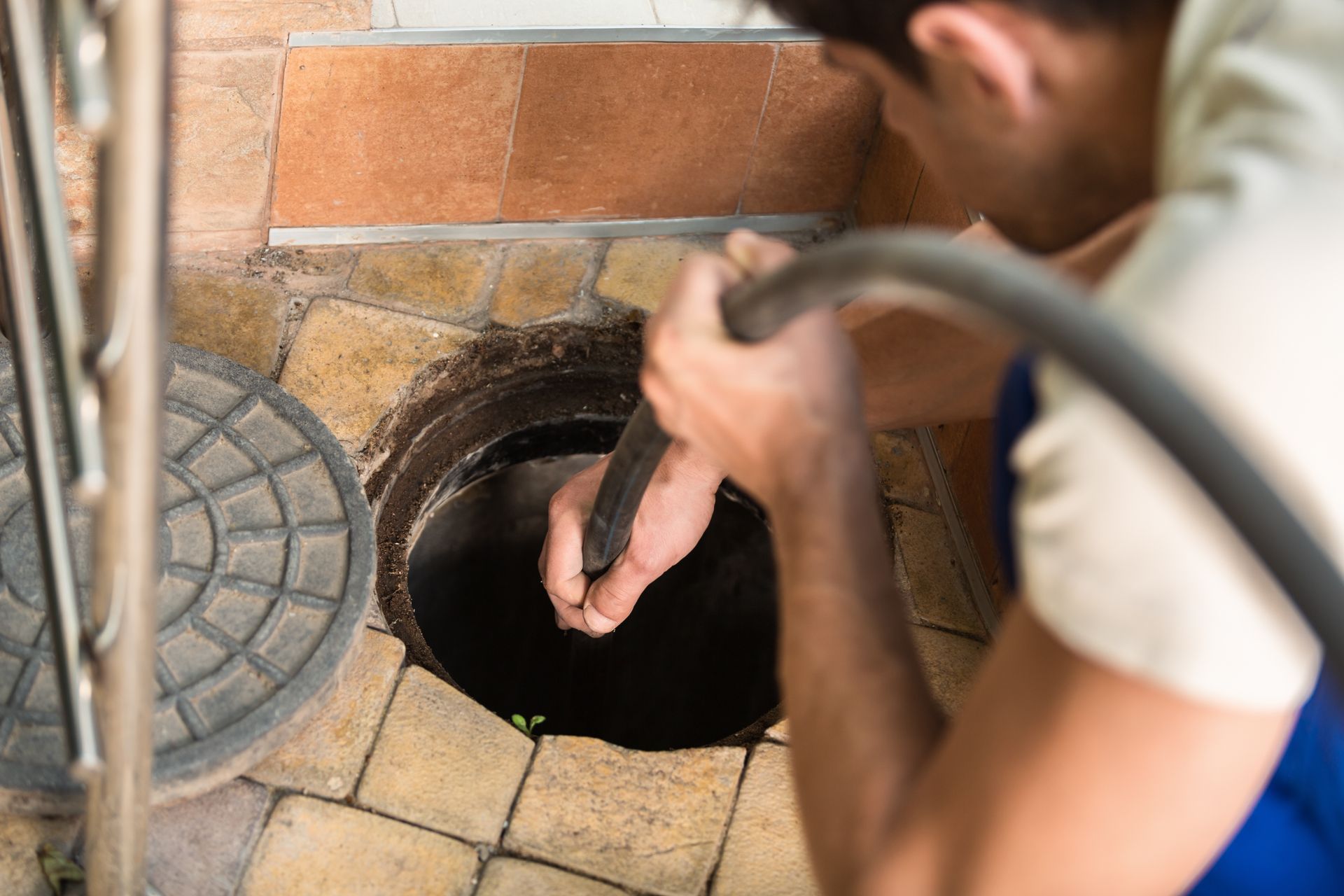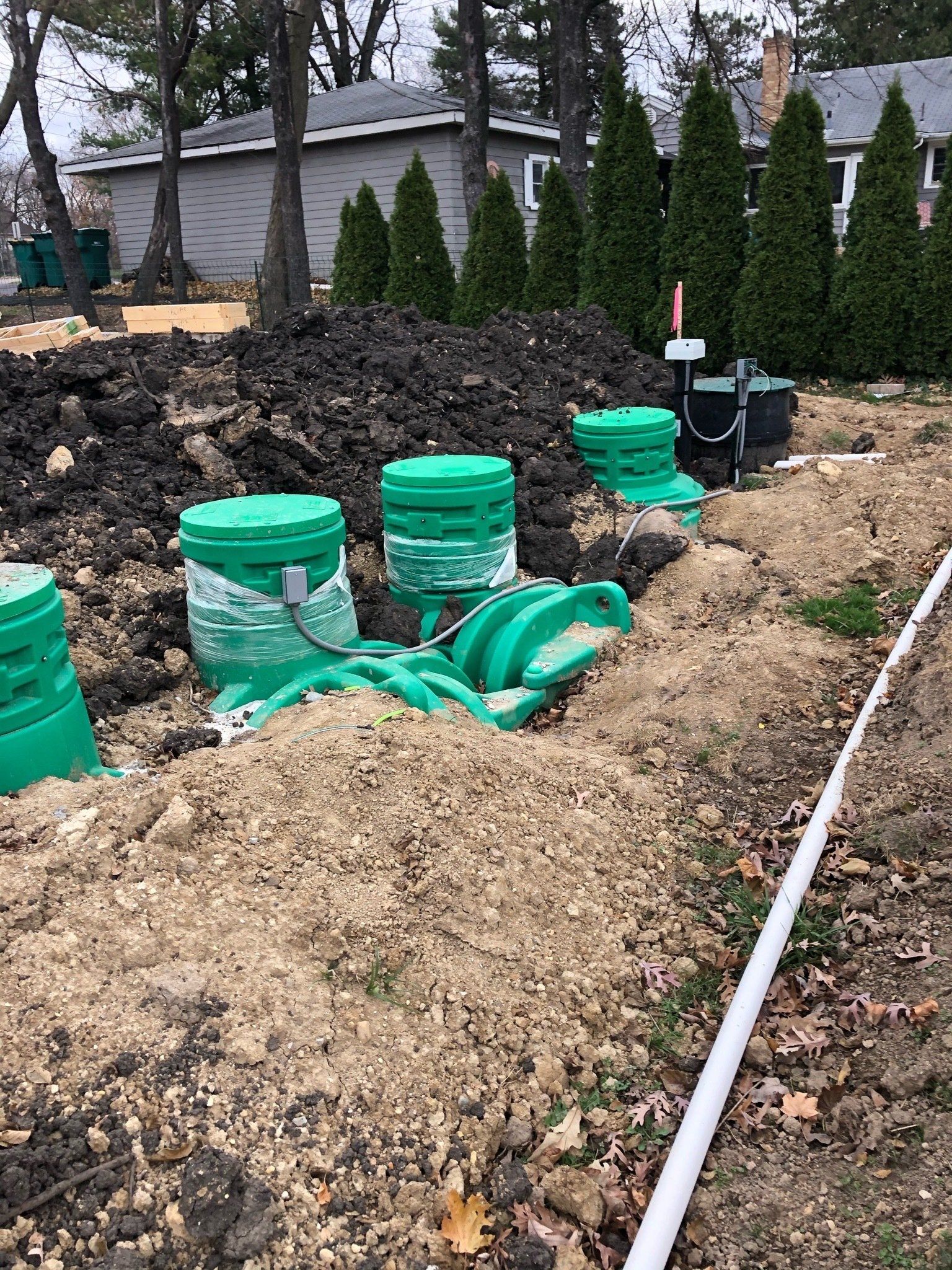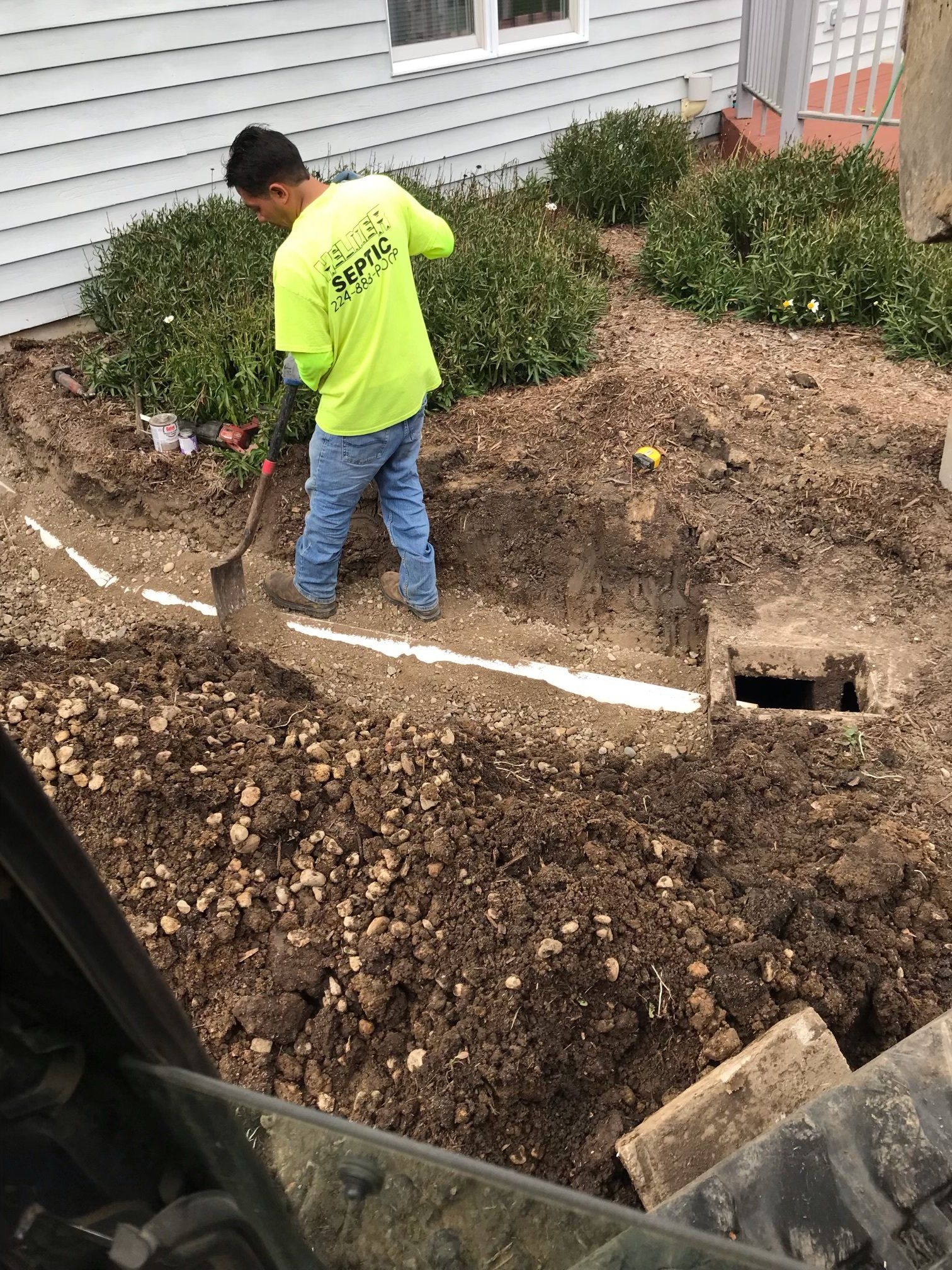Understanding Septic Aeration Services: Helmer Septic
Septic systems are an essential part of many homes and businesses, providing a safe and efficient way to dispose of wastewater. One crucial aspect of septic system maintenance is ensuring that the system is adequately aerated. In this blog, we will explore the septic aeration process, the types of services available, and how it benefits a septic system.
What Is Septic Aeration
Septic aeration is the process of adding oxygen to a septic tank to support the growth of aerobic bacteria that break down organic waste more effectively. These bacteria require oxygen to survive, and when there is a sufficient supply of oxygen in the tank, they can break down waste more efficiently than anaerobic bacteria, which do not require oxygen.
Septic aeration benefits septic tank systems in several ways:
- Enhanced wastewater treatment: Aerobic bacteria can break down waste more quickly and efficiently than anaerobic bacteria, resulting in better wastewater treatment. This means that the wastewater that exits the septic tank and enters the drain field is cleaner and less likely to contaminate the surrounding environment.
- Reduced septic tank maintenance: Aerobic bacteria generate less sludge than anaerobic bacteria, which means that the septic tank requires less frequent pumping. This reduces the maintenance costs and prolongs the lifespan of the septic system.
- Improved odor control: Septic tanks that lack oxygen can produce unpleasant odors due to the buildup of gases such as hydrogen sulfide and methane. Aeration increases the oxygen levels in the tank, which helps to reduce odors and improve indoor air quality.
- Better system performance: When septic tanks are properly aerated, they can handle a larger volume of wastewater without clogging or backing up. This is particularly beneficial for larger households or businesses that generate a lot of wastewater.
There are two types of septic aeration systems: passive and active. Passive aeration systems rely on natural air flow, while active systems use mechanical components such as air pumps and diffusers to inject air into the tank.
In conclusion, septic aeration is a process that adds oxygen to a septic tank to support the growth of aerobic bacteria. This process benefits septic tank systems in several ways, including improved wastewater treatment, reduced maintenance costs, better odor control, and improved system performance. Homeowners and businesses can consult with a licensed septic professional to determine whether their septic system would benefit from aeration and what type of aeration system is best suited for their needs.
Types of Septic Aeration
There are two primary methods of septic aeration: natural aeration and mechanical aeration.
Natural Aeration
Natural aeration relies on the natural movement of air through the septic tank. This process occurs when wastewater flows into the tank and displaces the air inside. As the wastewater settles, air enters the tank through small openings, such as the inlet and outlet pipes. The air mixes with the wastewater, promoting the growth of aerobic bacteria that help break down solids.
However, natural aeration can be limited in some cases. For example, if the tank is too small, too old, or too full, there may not be enough air circulating to support the bacteria's growth. In these cases, mechanical aeration may be necessary.
Mechanical Aeration
Mechanical aeration involves adding an aeration system to the septic tank. This system typically consists of an air pump, diffuser, and control panel. The air pump draws in air from outside the tank and sends it through the diffuser, which releases tiny air bubbles into the wastewater. The bubbles provide a constant supply of oxygen, promoting the growth of aerobic bacteria that break down the solids.
There are several benefits to septic aeration. One of the most significant advantages is that it helps prevent clogs and backups in the system. When the bacteria in the tank can break down the solids efficiently, there is less risk of clogs forming in the pipes or septic field.
Additionally, septic aeration can help extend the life of the septic system. When the tank is properly aerated, it reduces the need for frequent pump-outs, saving homeowners money in the long run. It also reduces the risk of system failure, which can be costly and time-consuming to repair.
Contact Our Experts
Septic aeration is a critical aspect of septic system maintenance. Whether through natural aeration or mechanical aeration, adding air to the septic tank promotes the growth of beneficial bacteria that help break down solids and prevent clogs.
Regular septic tank inspections and maintenance can help ensure that your system is adequately aerated and functioning properly.
If you're looking for reliable and professional septic aeration services, look no further than Helmer Septic. Our team of experienced technicians can assess your septic system's needs and recommend the best aeration solution for you.
Whether you need passive or active aeration, we have the expertise and equipment to provide you with a high-quality and cost-effective solution.
At Helmer Septic, we prioritize customer satisfaction and take pride in our commitment to providing exceptional service. We understand that septic system maintenance can be daunting and overwhelming, which is why we strive to make the process as stress-free as possible.
When you contact us for septic aeration services, you can trust that our team will communicate clearly and efficiently, work efficiently, and leave your property clean and tidy. Contact us today to schedule an appointment and learn more about how we can help keep your septic system running smoothly for years to come.




